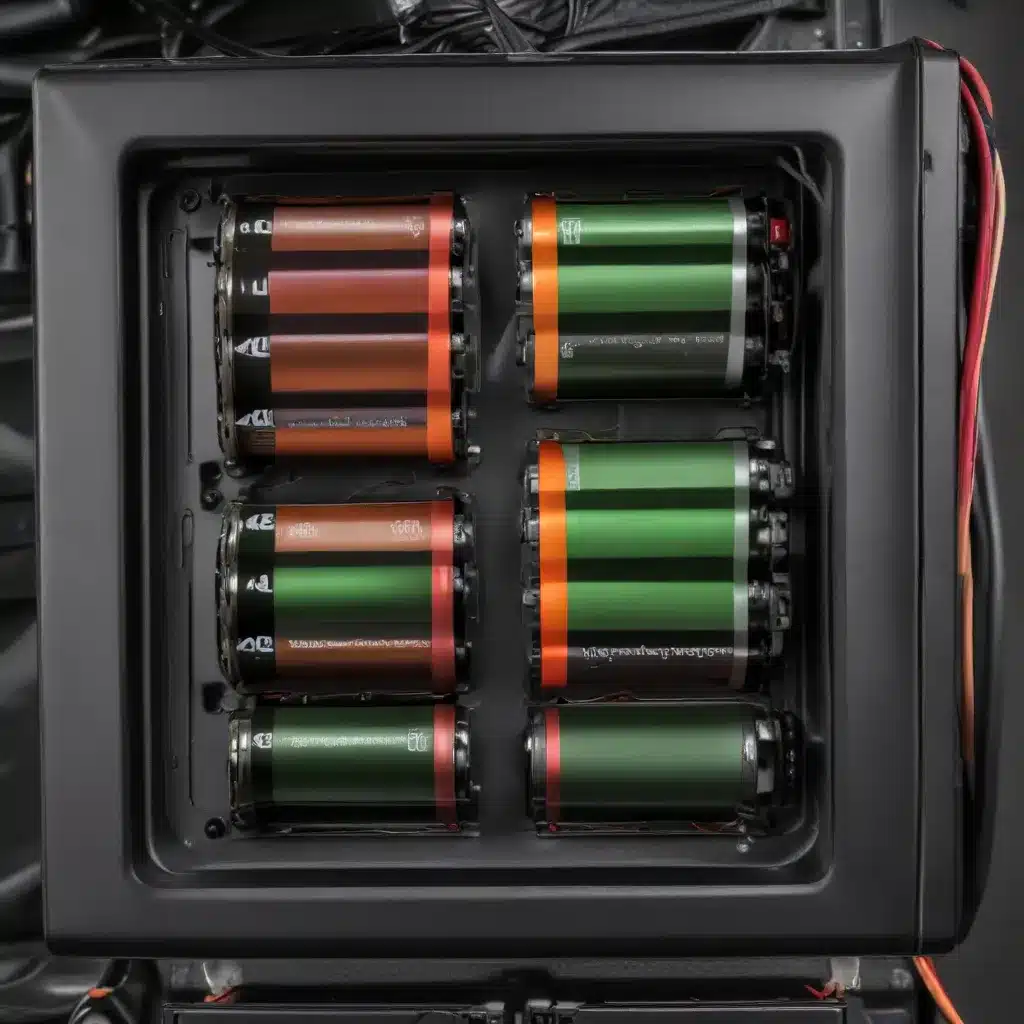
Computer Power Management
In today’s fast-paced digital landscape, where mobile devices and laptops have become essential tools for work, productivity, and entertainment, the efficient management of power consumption and thermal regulation is paramount. Whether you’re a busy professional, a dedicated gamer, or simply someone who relies on their computer for daily tasks, understanding how to optimize your device’s power usage and cooling can significantly enhance its performance and longevity.
Power Consumption
One of the key aspects of computer power management is the efficient use of power. Laptops and mobile devices often have multiple power profiles that can be tailored to your specific needs. The “Balanced” profile is a good starting point, as it attempts to strike a balance between performance and power savings. However, for maximum battery life, the “Power Saver” mode can be a game-changer. This profile reduces the CPU’s clock speed, dims the display, and disables unnecessary features to extend your device’s runtime on a single charge.
For desktops and workstations, energy-efficient hardware components can make a significant difference in your overall power consumption. Choosing an efficient power supply unit (PSU), energy-efficient CPUs and GPUs, and solid-state drives (SSDs) instead of traditional hard disk drives (HDDs) can all contribute to lower energy usage. Additionally, enabling dynamic voltage and frequency scaling (DVFS) can further optimize power consumption by adjusting the CPU’s voltage and clock speed based on the current workload.
Thermal Regulation
Proper thermal management is crucial for maintaining the overall health and performance of your computer. Overheating can lead to system crashes, hardware failures, and even permanent damage to your components. Effective cooling solutions, such as high-quality heatsinks, efficient fans, and in some cases, liquid cooling systems, can help dissipate heat effectively and keep your components within safe temperature ranges.
Thermal monitoring and throttling mechanisms are also important. Modern operating systems and hardware have built-in sensors that constantly monitor temperatures and automatically adjust performance to prevent overheating. For example, the CPU may temporarily reduce its clock speed or the GPU may lower its power consumption to maintain optimal temperatures.
Ensuring proper airflow and ventilation within your computer’s case is equally important. Obstructed or restricted airflow can lead to hot spots and inefficient cooling. Regularly cleaning your computer’s fans and heatsinks, as well as ensuring adequate spacing around the device, can significantly improve its thermal management capabilities.
Battery Life Optimization
For mobile devices and laptops, maximizing battery life is a crucial consideration. Proper battery management, including charging and discharging strategies, can help extend the overall lifespan of your device’s battery.
Battery Management
Lithium-ion batteries, commonly used in laptops and smartphones, perform best when kept within a specific charge range, typically between 20% and 80%. Avoid fully discharging the battery to 0% and try to recharge it before it reaches critical levels. Overcharging and leaving the device plugged in at 100% can also degrade the battery over time.
Many modern devices have built-in battery health monitoring features that can provide insights into the battery’s condition and remaining capacity. Utilizing these tools can help you make informed decisions about when to replace the battery or adjust your charging habits.
Hardware and Software Optimizations
Adjusting your device’s display settings can have a significant impact on battery life. Reducing the screen brightness, disabling unnecessary animations, and enabling auto-brightness can all contribute to extended runtime. Additionally, managing background processes and network connectivity can also help conserve battery power. Disabling Wi-Fi, Bluetooth, or GPS when not in use, as well as closing unused applications, can significantly improve your device’s battery performance.
Energy Efficiency
Beyond individual device optimization, the broader concept of energy efficiency is crucial for both personal and enterprise-level computing. Metrics such as Power Usage Effectiveness (PUE) and Energy Star certification can help gauge the overall energy efficiency of your computing infrastructure, whether it’s a home office or a large-scale data center.
Power Efficiency Metrics
PUE is a widely recognized metric that measures the ratio of total facility energy usage to the energy used by the IT equipment itself. A lower PUE indicates a more efficient system, with the ideal being a PUE of 1.0, where all the energy consumed is used solely for the IT equipment. Energy Star certification, on the other hand, is a voluntary labeling program that recognizes products and buildings that meet specific energy efficiency standards.
Green IT Practices
Embracing green IT practices can have a significant impact on your overall energy consumption and carbon footprint. Strategies such as data center optimization, virtualization and cloud computing, and the integration of renewable energy sources can all contribute to a more sustainable and energy-efficient computing environment.
Thermal Management
Effective thermal management is crucial for maintaining the overall performance and longevity of your computer’s hardware. By understanding and implementing best practices in cooling systems and thermal monitoring, you can ensure your device operates at optimal temperatures and avoids performance-limiting thermal throttling.
Cooling Systems
Active cooling solutions, such as high-quality fans and liquid cooling systems, are essential for dissipating heat effectively. Fans can be configured to adjust their speed based on temperature, while liquid cooling systems provide more efficient heat transfer from the components to the heat sink. Passive cooling, achieved through the use of heatsinks and proper airflow, can also play a significant role in maintaining optimal temperatures.
Thermal Monitoring and Control
Thermal monitoring, enabled by temperature sensors and algorithms, is a crucial aspect of thermal management. These systems continuously track component temperatures and adjust the cooling systems accordingly to prevent overheating. Automated thermal throttling, where the system temporarily reduces performance to maintain safe temperatures, is a common feature in modern computers and mobile devices.
By understanding and implementing these power management, energy efficiency, and thermal regulation strategies, you can significantly improve the performance, battery life, and overall longevity of your computer. Whether you’re a home user, a small business owner, or an IT professional, these practices can help you maximize the efficiency of your computing environment and reduce your environmental impact.












